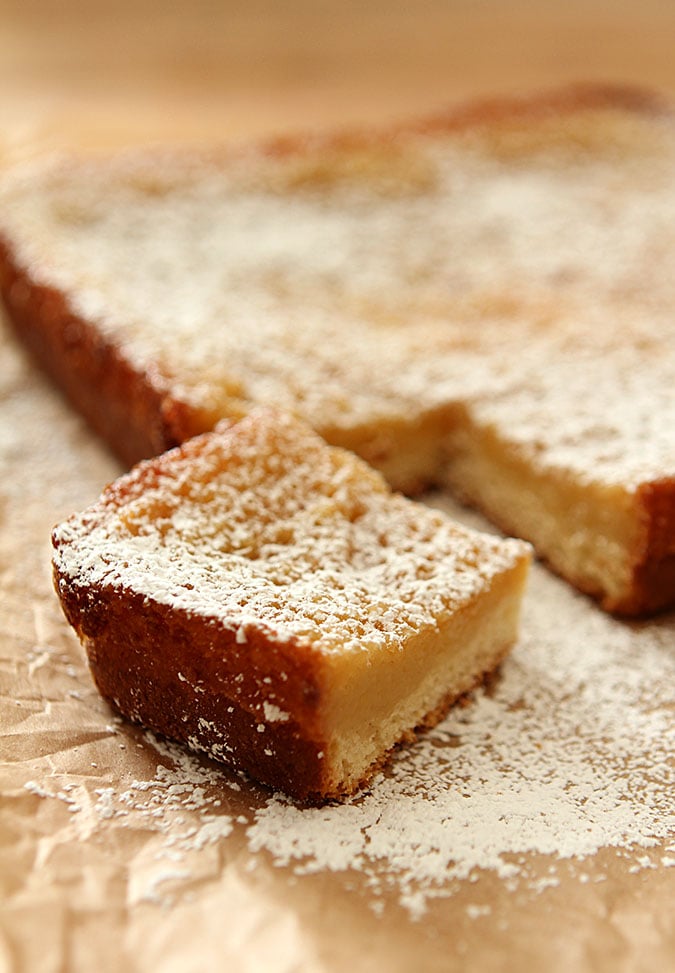Salisbury Steak Recipe: Skillet vs. Baking Methods, Serving Tips, and Wine Pairings
Salisbury steak traces back to the late 19th century. Dr. James H. Salisbury, an American physician, promoted it as part of a meat-centered diet aimed at improving health. He believed that minced beef was easier to digest and beneficial for those suffering from various illnesses. Hence, Salisbury steak bears his name, highlighting its medical roots rather than culinary innovation.
Evolution of the Recipe
Over the decades, Salisbury steak’s recipe evolved, incorporating a blend of ground beef, breadcrumbs, and seasonings. Initially, it focused on simplicity for health benefits, but modern variations introduced rich, savory gravies and diverse seasonings. The dish now includes onions, mushrooms, and Worcestershire sauce, adapting to contemporary tastes while maintaining its foundational elements. Today, Salisbury steak stands as a testament to culinary adaptation, balancing flavor and tradition.
What is Salisbury Steak?
Ingredients and Preparation
Salisbury steak features a savory blend of ground beef, breadcrumbs, and seasonings. These seasonings typically include onions, garlic, and Worcestershire sauce. To start, mix ground beef with breadcrumbs, finely chopped onions, and minced garlic. Add an egg to help bind the mixture. After forming the beef mixture into oval-shaped patties, cook them in a skillet until browned. For added flavor, create a rich mushroom gravy using beef broth, mushrooms, and Worcestershire sauce. Let the patties simmer in the gravy for 15-20 minutes, allowing the flavors to meld.
Common Misconceptions
Salisbury steak gets frequently mistaken for similar dishes like meatloaf or hamburger steak. Unlike meatloaf, which includes a variety of ingredients and gets baked, Salisbury steak is pan-fried and served with gravy. Another misconception is its relation to hamburger steak; while both use ground beef, Salisbury steak comprises a specific seasoning blend and gravy preparation. Despite its name, Salisbury steak contains no steak cuts, relying solely on ground beef. Originating in the late 19th century, its primary purpose aligns with providing a nutritious meat dish rather than replicating traditional steak.
Cooking Techniques for Salisbury Steak
Traditional Skillet Method
Cook Salisbury steak on a skillet to achieve a caramelized exterior. Start by forming oval-shaped patties from a mix of ground beef, breadcrumbs, onions, garlic, and Worcestershire sauce. Heat a large, heavy skillet over medium-high heat, then add a small amount of oil. Place the patties in the skillet, ensuring they don’t touch. Cook for 4–5 minutes on each side until browned.
Once the patties are browned, remove them and set them aside. In the same skillet, add sliced mushrooms and onions, cooking for 3–4 minutes until softened. Add flour and cook for another minute before pouring in beef broth and Worcestershire sauce. Stir until the mixture thickens, then return the patties to the skillet, spooning the sauce over them. Reduce the heat to low, cover, and simmer for 15–20 minutes, ensuring the patties are fully cooked and absorb the gravy.
Baking Option
Choose the baking method for a more hands-off approach. Preheat your oven to 350°F (175°C). Form the Salisbury steak patties as described above. Arrange the patties on a baking sheet lined with parchment paper or lightly greased.
Prepare the mushroom gravy by cooking sliced mushrooms and onions in a pan over medium heat until softened. Add flour and cook for another minute, then stir in beef broth and Worcestershire sauce. Continue stirring until the mixture thickens, then pour the gravy evenly over the patties on the baking sheet.
Cover the baking sheet with aluminum foil and bake for 25–30 minutes. Remove the foil, then bake for an additional 10–15 minutes to allow the patties to brown and the gravy to thicken. Ensure the internal temperature of the patties reaches 160°F (71°C) for safe consumption.
Serving Suggestions for Salisbury Steak
Side Dishes
Mashed Potatoes: Creamy mashed potatoes are a classic accompaniment for Salisbury steak. Their smooth texture balances the savory gravy.
Green Beans: Steamed or sautéed green beans add a crunchy contrast to the dish. For extra flavor, toss them in garlic butter.
Roasted Vegetables: A medley of roasted carrots, bell peppers, and zucchini provides a colorful and nutritious side.
Rice Pilaf: Fluffy rice pilaf complements the rich taste of the Salisbury steak. Consider adding herbs for additional flavor.
Wine Pairings
Cabernet Sauvignon: A full-bodied red wine like Cabernet Sauvignon pairs well with the robust flavors of Salisbury steak.
Merlot: This smooth red wine enhances the savory notes without overpowering the dish.
Pinot Noir: For a lighter red wine option, Pinot Noir offers a nuanced flavor profile that complements the steak’s gravy.
Chardonnay: If you prefer white wine, a buttery Chardonnay can balance the hearty flavors of Salisbury steak.
These serving suggestions will enhance your Salisbury steak experience by combining textures and flavors that complement the dish.
Conclusion
Salisbury steak offers a comforting and versatile meal option that can be tailored to your cooking preferences. Whether you choose the traditional skillet method or the baking option, you’re guaranteed a delicious and satisfying dish. Pairing it with classic sides and a well-chosen wine can elevate your dining experience, making it perfect for family dinners or special occasions. Enjoy exploring the rich flavors and textures that Salisbury steak has to offer.






